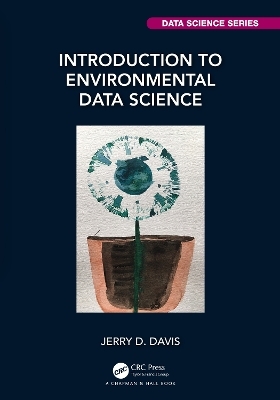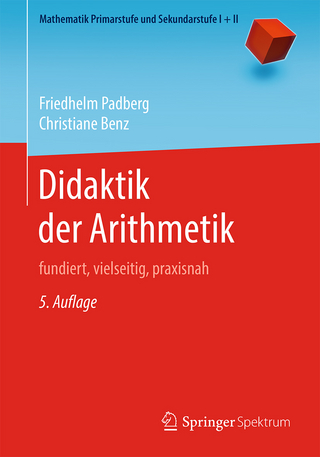
Introduction to Environmental Data Science
Chapman & Hall/CRC (Verlag)
978-1-032-32218-6 (ISBN)
Introduction to Environmental Data Science focuses on data science methods in the R language applied to environmental research, with sections on exploratory data analysis in R including data abstraction, transformation, and visualization; spatial data analysis in vector and raster models; statistics and modelling ranging from exploratory to modelling, considering confirmatory statistics and extending to machine learning models; time series analysis, focusing especially on carbon and micrometeorological flux; and communication. Introduction to Environmental Data Science is an ideal textbook to teach undergraduate to graduate level students in environmental science, environmental studies, geography, earth science, and biology, but can also serve as a reference for environmental professionals working in consulting, NGOs, and government agencies at the local, state, federal, and international levels.
Features
• Gives thorough consideration of the needs for environmental research in both spatial and temporal domains.
• Features examples of applications involving field-collected data ranging from individual observations to data logging.
• Includes examples also of applications involving government and NGO sources, ranging from satellite imagery to environmental data collected by regulators such as EPA.
• Contains class-tested exercises in all chapters other than case studies. Solutions manual available for instructors.
• All examples and exercises make use of a GitHub package for functions and especially data.
Jerry Douglas Davis is a Professor of Geography & Environment (https://geog.sfsu.edu/) and the Director of the Institute for Geographic Information Science (https://gis.sfsu.edu/) at San Francisco State University, and borrows heavily from his and his students' field-based environmental research for examples in the book.
1. Background, Goals & Data Part 1: Exploratory Data Analysis 2. Introduction to R 3. Data Abstraction 4. Visualization 5. Data Transformation Part 2: Spatial 6. Spatial Data and Maps 7. Spatial Analysis 8. Raster Spatial Analysis 9. Spatial Interpolation Part 3: Statistics & Modeling 10. Statistical Summaries and Tests 11. Modeling 12. Imagery and Classification Models Part 4: Time Series 13. Time Series Visualization & Analysis Part 5: Communication and References 14. Communication with Shiny
| Erscheinungsdatum | 22.02.2023 |
|---|---|
| Reihe/Serie | Chapman & Hall/CRC Data Science Series |
| Zusatzinfo | 5 Tables, black and white; 103 Line drawings, color; 67 Line drawings, black and white; 82 Halftones, color; 9 Halftones, black and white; 185 Illustrations, color; 76 Illustrations, black and white |
| Sprache | englisch |
| Maße | 178 x 254 mm |
| Gewicht | 980 g |
| Themenwelt | Mathematik / Informatik ► Mathematik |
| ISBN-10 | 1-032-32218-7 / 1032322187 |
| ISBN-13 | 978-1-032-32218-6 / 9781032322186 |
| Zustand | Neuware |
| Haben Sie eine Frage zum Produkt? |
aus dem Bereich


